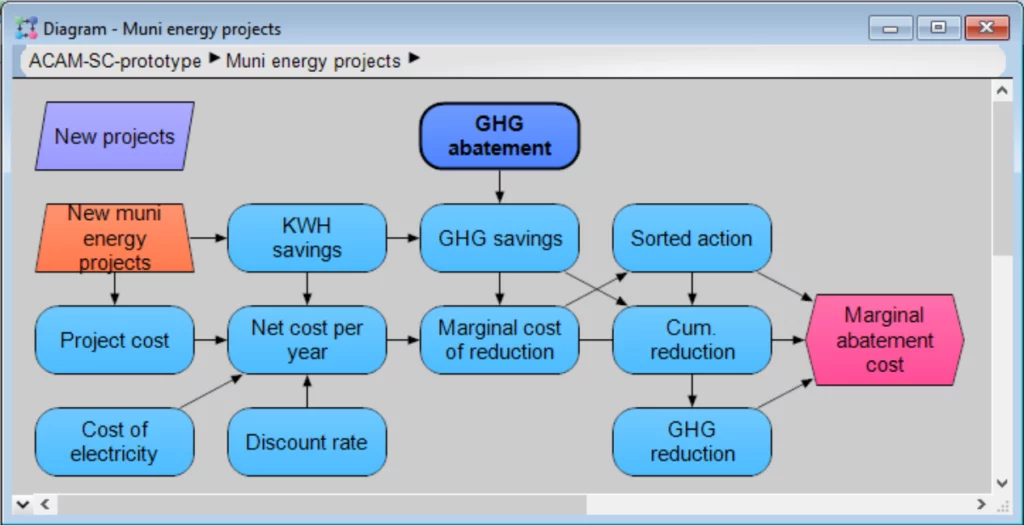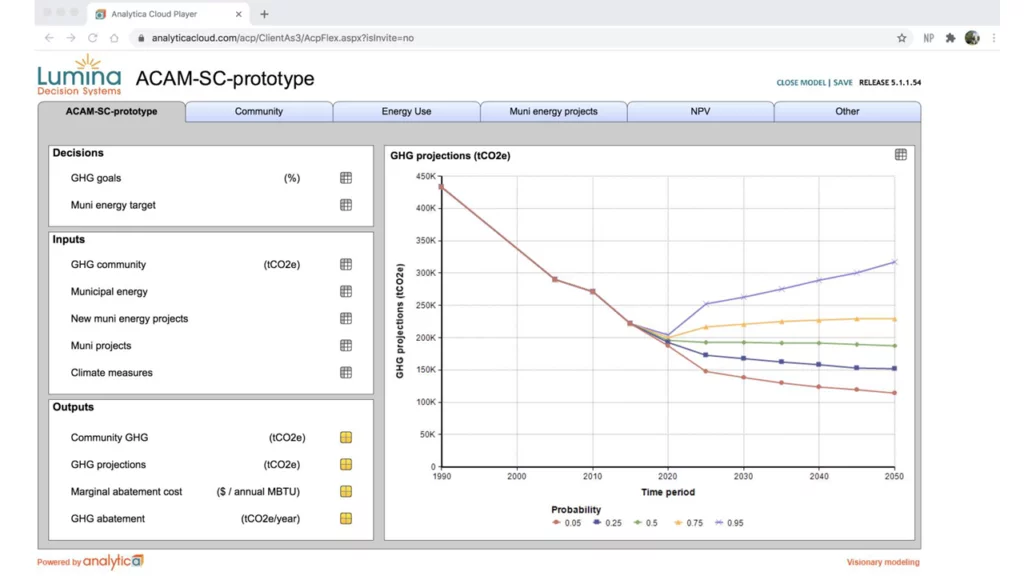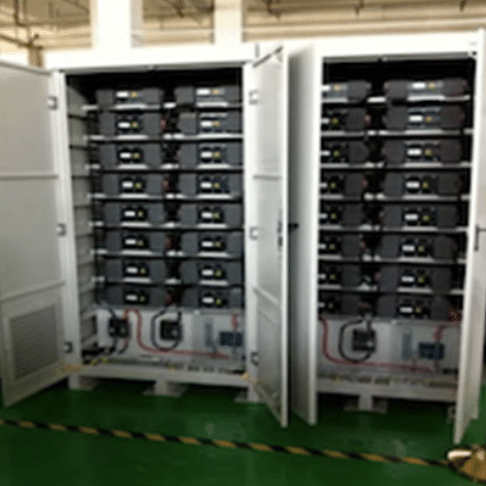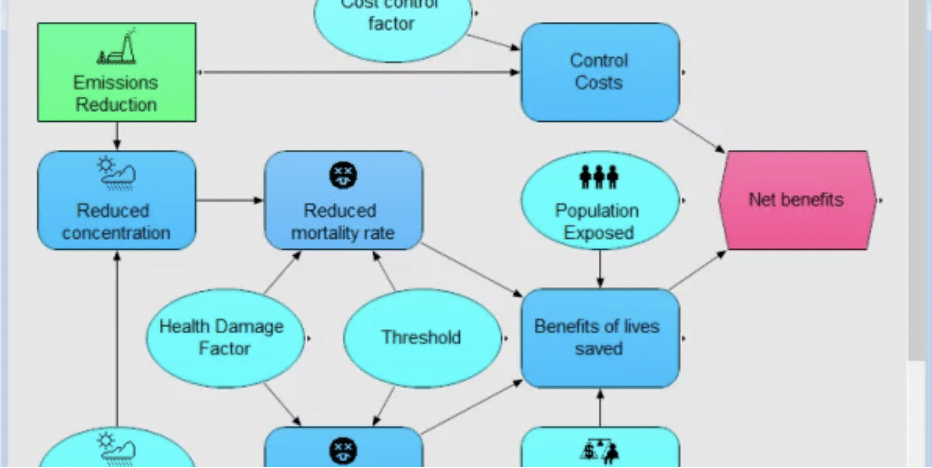
The challenge
Santa Cruz is already part of a global climate action initiative, sharing information via international digital platforms . However, it tends to be difficult to assemble structured data at the local level. Local digital platforms would allow access to the more granular data needed to support bottom-up policy discussion. We used the Analytica software for a pilot analysis to analyze municipality level data and GHG reduction programs to support the city’s climate action plan update process.
Why Analytica?
The Analytica Climate Action Program for the city of Santa Cruz (ACAM-SC) has assembled data sources from all areas of city government at the community and municipal scale. These inputs are a diverse range of spreadsheets. It is not uncommon for each entity to organize information differently because they come from separate databases with different objectives (transportation, energy, etc.).
Analytica allows the user to standardize all data entries and associated metadata. It also provides an online interface to display the analytics performed with easy to follow explanations of how the model works. This allows the model to be easily understood by analysts, decision makers, and stakeholders.
Analytica uses influence diagrams to make transparent the cause-and-effect relationships underlying the models. The Analytica Cloud Platform (ACP) makes models accessible online for easy review and feedback by stakeholders.
“The City partnership with UC Santa Cruz’s Coastal Science and Policy program continues to produce collaborative real world solutions to complex local climate challenges. David Torres’ capstone project is an exemplar of this approach. His development of the ACAM-SC prototype with Lumina aided our climate action plan 2.0 scoping process, providing new and different ways to think about our emissions data and to visualize relationships.” – Tiffany Wise-West, PE, PhD, Sustainability + Climate Action Manager, City of Santa Cruz, Cli
The solution
The first step was to integrate Santa Cruz’s GHG data to explore its Business-as-Usual emission scenarios through probabilistic projections. Next we developed marginal cost estimations of the City’s renewable energy projects via an abatement cost curve. Once the information was standardized in a hierarchical or nested work environment, we applied models using standard formulas, optimized by Analytica built-in functions, to estimate the effects of selected actions.
ACAM-SC was published as an online dashboard containing all the analytics processed in the desktop version, making easy the presentation of its results during (physical or remote) workshops, as well as, sharing it through a link via email. In other words, ACAM-SC provides a medium for stakeholder interaction around the models’ inputs, decisions, and outputs.
The ACAM-SC pilot provides an example of how Analytica can be leveraged during participatory planning exercises without limiting the technical aspects of the quantitative analyses.
Author

Acknowledgements
This study was part of David Torres’ Capstone thesis for his Masters in Coastal Science and Policy at University of California, Santa Cruz. He thanks his committee members: Tiffany Wise-West (Sustainability + Climate Action Manager, City of Santa Cruz), Max Henrion (CEO, Lumina Decision Systems), Gary Griggs (Distinguished Professor, UC Santa Cruz), and Marianna Grossman (Managing Partner, Minerva Ventures).
For more
This pilot served as a preliminary resource for the update process of the Santa Cruz Climate & Energy Action Plan 2030. More details about this ACAM case study can be found in the author’s capstone project report.







